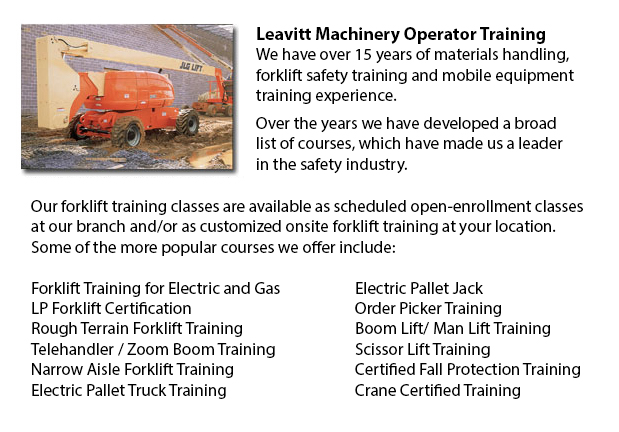
Aerial Lift Ticket Marysville - Boom vehicle are often used by phone, cable and utilities companies as they have long folded arms which are generally folded over the roofs of company vehicles. On the end of the extension of extendable arms usually sits a bucket-like apparatus. When a container vehicle has an extendable boom installed on the roof this is sometimes identified as an "aerial boom truck" or a "cherry picker". It is able to transport staff to the top of a telephone or electrical pole. Bucket boom vans have a lifting capacity of roughly 350 lbs to 1500 lbs or 158 kg to 680 kg plus they are able of extending the bucket up to 34 feet or to around 10 meters into the air.
Construction boom trucks or heavy duty boom vehicles will sometimes have a crane attachment on the rear. Often referred to as knuckle booms, these cranes may be shorter and more compact than the trolley boom, which has a boom capable of extending the length of the vehicle. Hoist boom vehicles have a lifting capacity between 10 to 50 tons or approximately 9 to 45 metric tons.
Concrete boom trucks are a further variation. The booms on these lift trucks have a tube with a nozzle at the remote end and are utilized to pump concrete or other materials. The locations where these resources ought to be deposited is oftentimes inaccessible to the vehicle or is stationed at a substantial height, therefore, the boom of a bigger concrete boom vehicle may be extended 230 feet or roughly 71 meters. The vehicle then pumps the concrete through the boom directly depositing it into the space where it is needed.
Fire departments are equipped with a lengthy bucket boom used to lift firefighters to the high floors of a building. Once in place, this boom allows them to direct water onto flames or to rescue trapped victims. Some of the older hook and ladder trucks have been displaced with modern boom vehicles.
Self propelled booms are quite comparable to forklifts. These little boom trucks can hoist workers to elevated storage space or to the ceiling of large warehouses and storeroom offices. They are more stable and as a result far safer than using extension ladders for the same application.
-
Manlift Safety Training Marysville
Manlift Safety Training Marysville - It is important for experienced Manlift operators to be aware of the connected hazards which come with particular types of scissor lifts. They must be able to operate the scissor lift in a way that protects not on... More -
Forklift Operator Certification Marysville
Forklift Operator Certification Marysville - Forklift operator certification is normally required for employees working in industrial, warehouse or construction environments to guarantee the safe utilization of forklifts. Workplace training need to f... More -
Crane Training School Marysville
Crane Training School Marysville - The crane training school offers industry-relevant programs. Courses provide trainees with learning outcomes that match present industry demands. Our small class sizes combine hands-on experience and theory. Our ind... More -
Heavy Equipment Training Marysville
Heavy Equipment Training Marysville - Normally, the different kinds of heavy equipment training are divided into 2 categories of machines: those that have rubber tires and tracked vehicles. Tracked vehicles comprise items like cranes, bulldozers and... More -
Counterbalance Forklift License Marysville
Counterbalance Forklift License Marysville - Forklifts, when operated by fully trained workers, are a major advantage to companies. We provide a thorough training program covering all aspects of operating a powered lift device. Counterbalance forklif... More -
Boom Lift Safety Training Marysville
Boom Lift Safey Training Marysville - Boom lifts are a type of elevated work platform or aerial lifting device which are normally utilized in warehousing, construction and industry. Boom lifts could be used in virtually any environment due to their v... More -
Aerial Lift Training Marysville
Aerial Lift Training Marysville - An aerial work platform is a mechanical access platform. This particular machinery provides access to otherwise not accessible areas for equipment or people. Likewise called an elevating work platform or aerial devic... More -
Aerial Boom Lift Training Marysville
Aerial Boom Lift Training Marysville - For people who operate or supervise the utilization of aerial lift platforms, right aerial boom lift Training is necessary. The aerial lift platform is for lifting people, materials and tools to elevated work lo... More

Forklift Training Marysville
TOLL FREE: 1-888-254-6157
Marysville, Washington
forklifttrainingmarysville.com
Email Us
About Us


